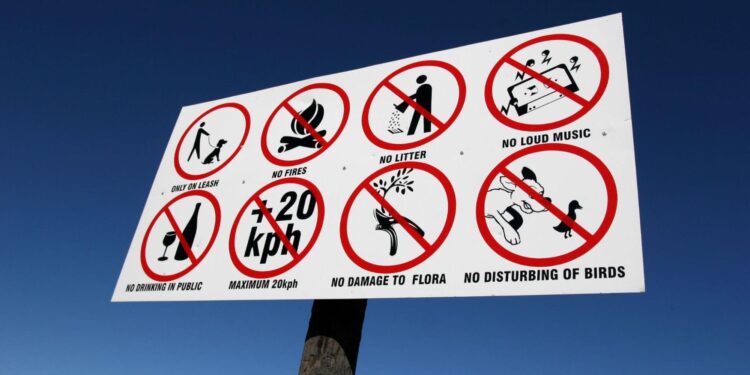Parking regulations in California can be complex and varied, with different rules and restrictions in different cities and neighborhoods. As a driver, it’s important to understand and abide by these regulations to avoid fines and penalties. In this article, I’ll provide an overview of the parking regulations in California, focusing on some of the most common rules and restrictions that drivers should be aware of. Whether you’re a resident or a visitor, knowing the parking regulations can help you navigate the streets of California with ease and peace of mind.
One of the most important parking regulations in California is the requirement to park within designated spaces. This means that you should only park in marked parking spots and avoid parking in areas where it is prohibited. In many cities, parking spaces are clearly marked with painted lines or signs indicating the type of parking allowed, such as metered parking, permit parking, or time-limited parking. It’s crucial to pay attention to these markings and signs to ensure that you are parking legally and avoid the risk of being ticketed or towed.
The Following is a Parking Regulation in California
Ensuring Safety and Order
One of the main objectives of parking regulations in California is to ensure safety and maintain order on the streets and in parking lots. By implementing specific rules and restrictions, authorities aim to prevent accidents, ensure smooth traffic flow, and provide accessibility for emergency vehicles. Adhering to these regulations is not only important for drivers’ convenience but also for the overall well-being of the community.
Here are some key aspects of parking regulations in California that contribute to safety and order:
- Designated Spaces: Parking regulations often designate specific areas for parking, such as marked parking spaces, parking lots, or designated curbside parking zones. These designated spaces help organize parking and prevent vehicles from obstructing traffic or causing congestion.
- Disabled Parking: California has strict regulations regarding parking spaces for individuals with disabilities. These spaces are marked with the International Symbol of Access and are reserved exclusively for drivers or passengers with valid Disabled Person Parking Placards or License Plates. It is essential to respect these designated spaces to ensure accessibility for those who need it.
- No Parking Zones: To maintain safety and prevent hindrances, certain areas are designated as no parking zones. These areas may include fire hydrants, bus stops, crosswalks, and loading zones. Obeying these restrictions is crucial in order to allow smooth traffic flow and ensure the safety of pedestrians and other road users.
- Time Limits: Many parking spaces in California have time limits to encourage turnover and prevent all-day parking. These limits are usually indicated by signs or markings and are enforced to ensure that multiple drivers have access to available parking spaces. It is important to adhere to these time limits to avoid fines and inconvenience.

Understanding the Parking Regulations in California
Parking Time Limits
When it comes to parking in California, it’s important to be aware of the time limits set for parking in certain areas. These time limits ensure that parking spaces are available for as many people as possible and discourage long-term parking in high-demand areas. Violating these time limits can result in fines or even having your vehicle towed.
Some common parking time limits include:
- Short-term parking: This is typically found in busy commercial areas and is meant for quick stops, such as running errands or grabbing a coffee. The time limit for short-term parking can range from 15 minutes to 2 hours, depending on the location.
- Metered parking: Metered parking is common in urban areas and requires payment for a specific amount of time. You’ll find parking meters that accept coins or credit cards, and it’s essential to pay attention to the time displayed on the meter to avoid overstaying your allotted time.
- Residential parking permits: In certain neighborhoods, you may come across areas that require a residential parking permit. These permits are typically issued to residents and allow them to park for extended periods near their homes. If you’re visiting someone in a residential permit area, make sure to obtain a visitor pass to avoid any violations.
Understanding and abiding by the parking regulations in California is essential to ensure a smooth parking experience and avoid unnecessary fines or penalties. By being aware of parking time limits, respecting handicap parking spaces, and adhering to street sweeping restrictions, you can contribute to a safer and more organized parking environment in the Golden State.














